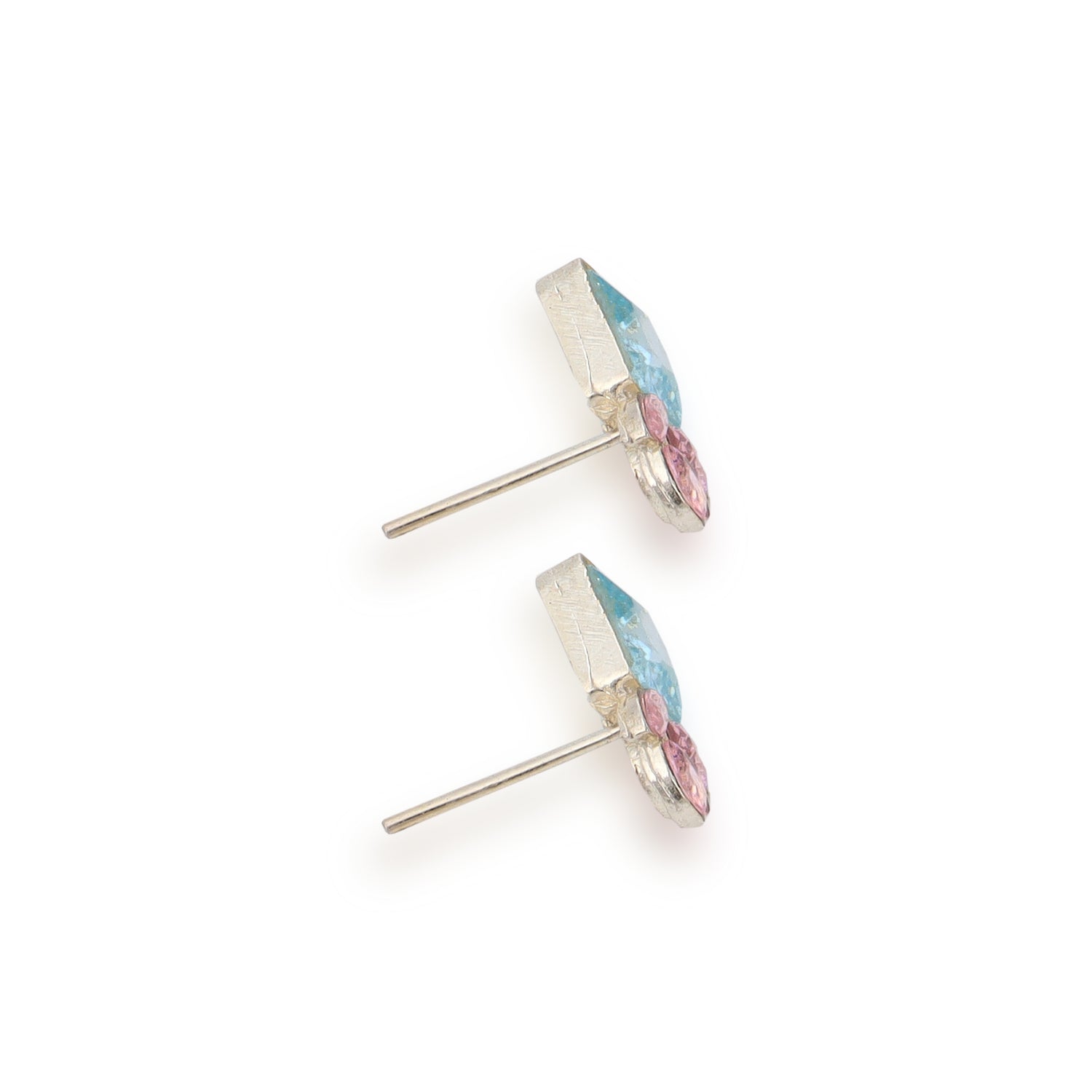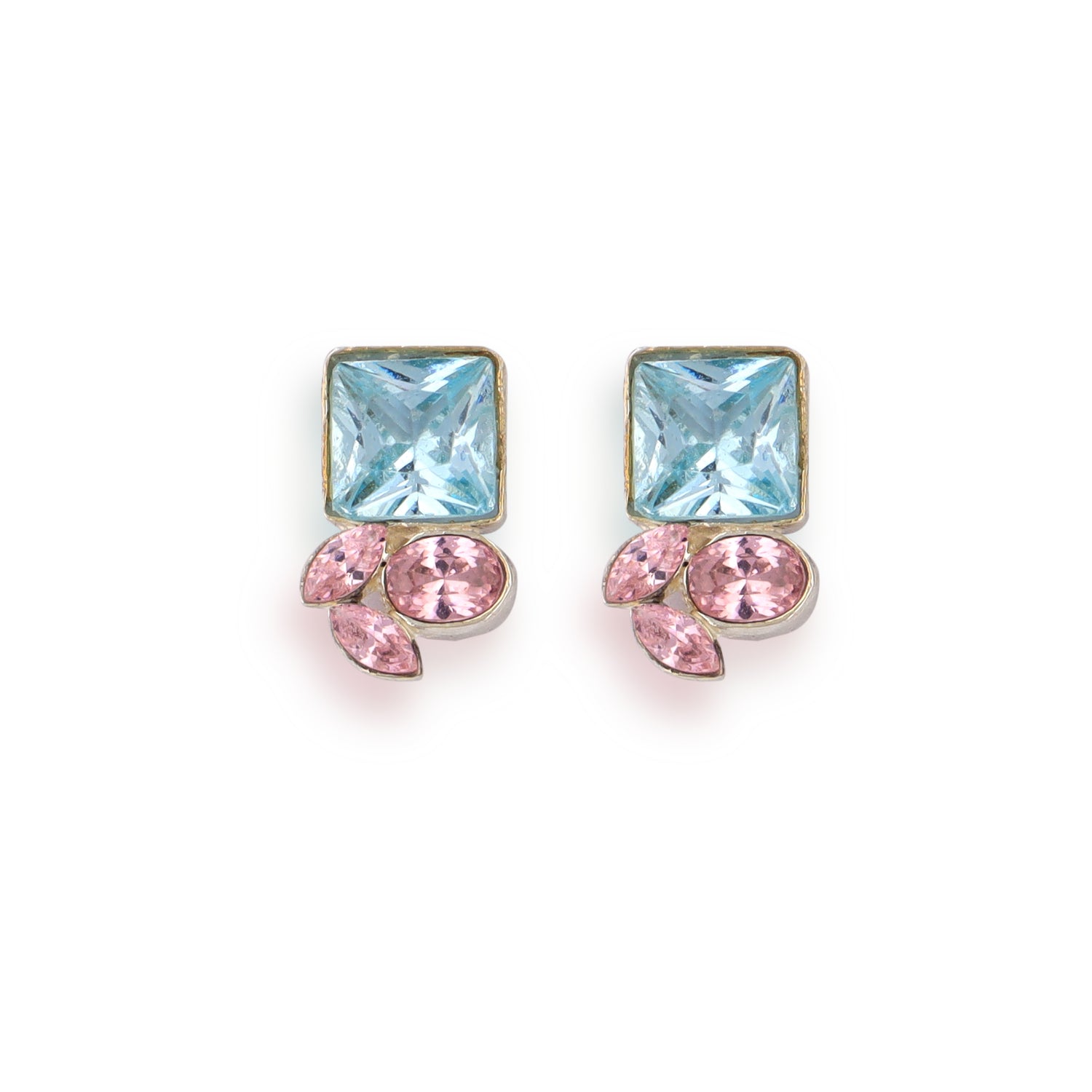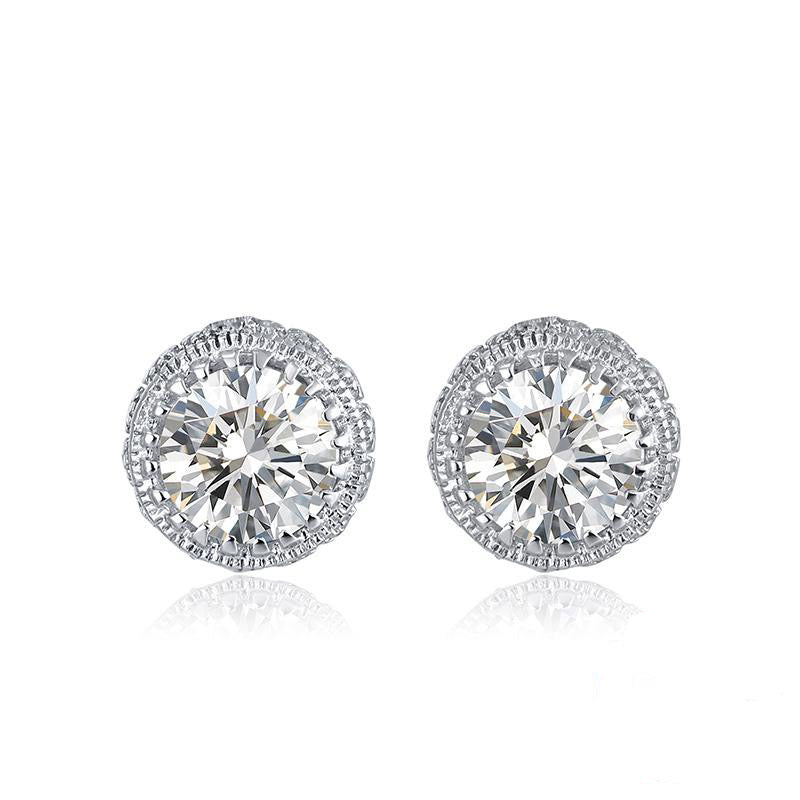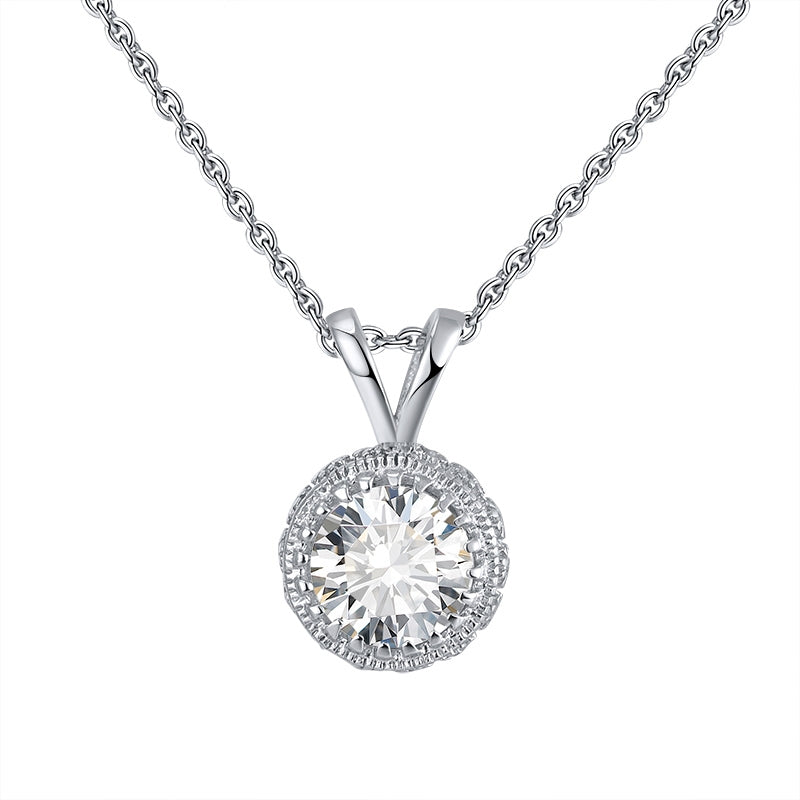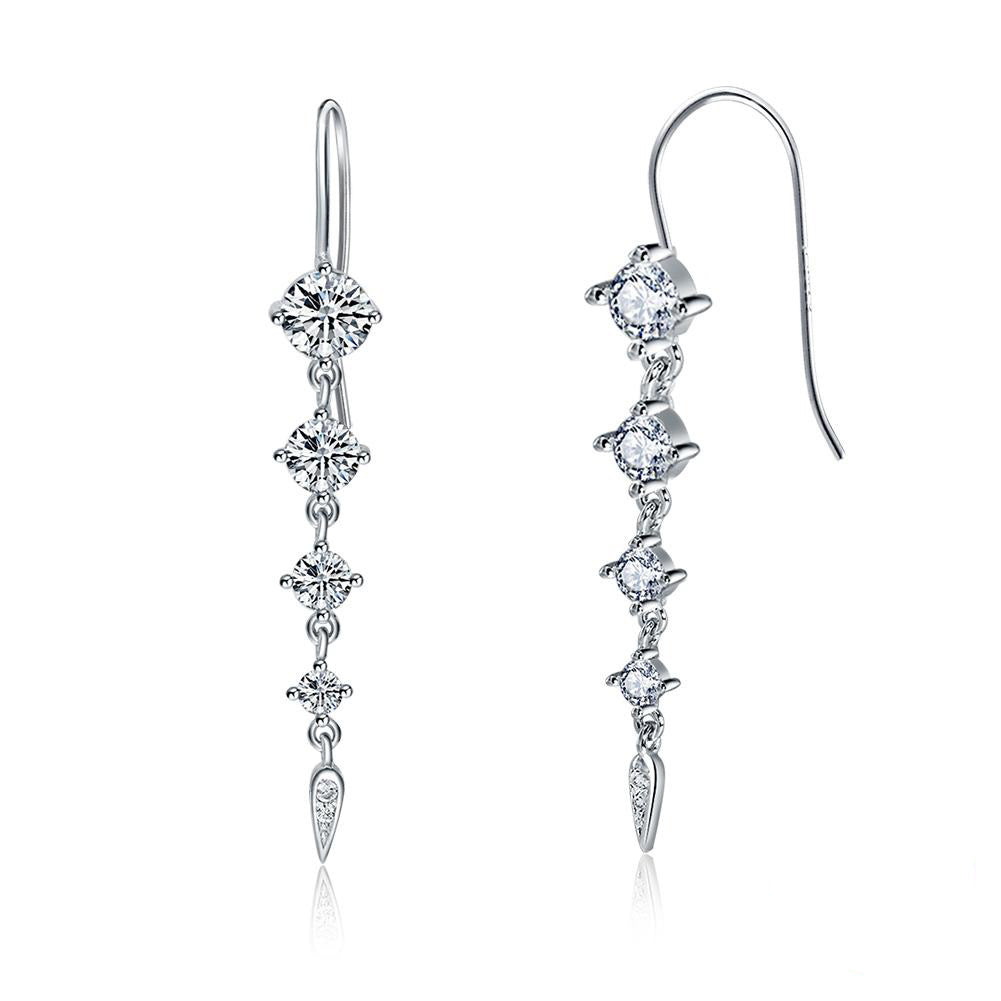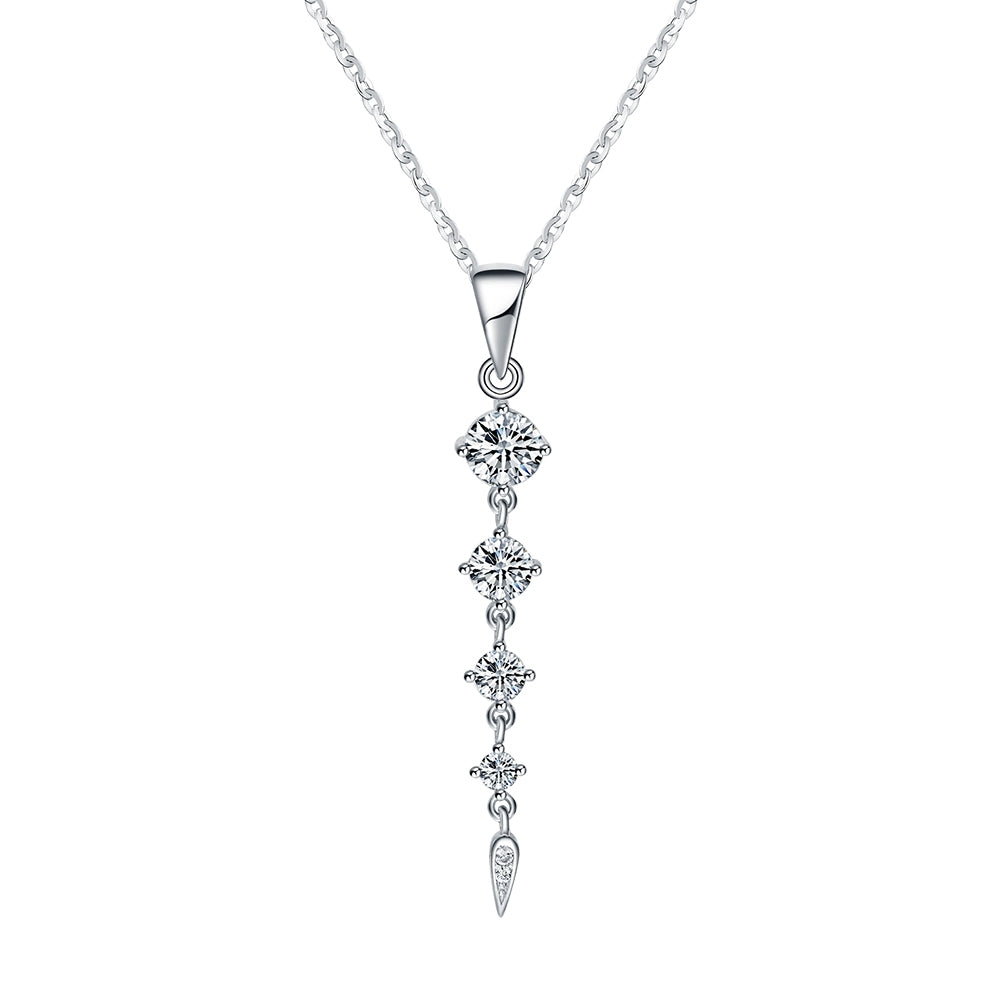Throughout history, mankind has revered gemstones for a multitude of reasons, with their roles ranging from exquisite decorative ornaments to religious symbols, amulets, and talismans of good fortune. Gemstones have been utilized for bartering and medicinal purposes, and for some, they represent sound investments. Additionally, gems have been employed as displays of wealth, status, and power.
Various superstitions have become intertwined with different gemstones over centuries, often varying across countries and traditions.
Despite the advancements of modern times, there still exist individuals who hold steadfast to these beliefs. Here, we explore a selection of popular superstitions prevalent in the world of gemstones.
Ancient civilizations, such as the Greeks and Egyptians, have woven rich histories around gemstones due to their superstitions and beliefs. Gem lore abounds with tales of magical and symbolic properties associated with different stones.
In ancient Egypt, both men and women were avid enthusiasts of jewelry, viewing it as a manifestation of wealth and status that also provided protection from evil forces. This safeguard was believed to extend to both the living and the deceased, promising prosperity in both the present and the afterlife.
The color of jewelry and gemstones held significant importance to the Egyptians, as certain hues were thought to offer protection against evil and attract good luck.
For example, green jewelry symbolized fertility and the success of new crops, while a red-colored necklace was worn by the recently deceased to satisfy the goddess Isis's thirst for blood. Notably, Queen Cleopatra favored the gemstone "emerald," associating it with fertility, immortality, rejuvenation, and eternal spring. In various ancient cultures, the color blue represented royalty, a belief especially prominent in ancient Egypt, making "lapis lazuli" one of the most prized gemstones.
Jewelry was also highly esteemed in ancient Greece, with the Greeks mastering the craft of creating colored gemstone jewelry by 300 BC, incorporating gems like amethysts, pearls, and emeralds.
The Greeks attributed protective qualities to the amethyst, believing it guarded against intoxication.
Sapphires, named after the Greek word "sapphirus" meaning blue, were cherished by priests and kings for their symbolic representation of wisdom and purity.
Focusing on gemstones associated with fertility, rose quartz and moonstone take center stage. Rose quartz is believed to bring calmness and encourage love and healing, while moonstone has been linked to femininity and love. In some Arab countries, moonstone was sewn into undergarments to promote fertility. Jade is thought to promote good health and protection, while aventurine is believed to induce calmness and well-being. These gemstones are often worn as "fertility bracelets."
In Eastern cultures, opals are considered lucky; however, elsewhere, they are often labeled as the most ill-fated of all gemstones, earning the moniker "the stone of tears." The perceived bad luck associated with opals can be mitigated by wearing them alongside diamonds, as diamonds are believed to hold power over opals.
Rubies are reputed to change color based on the wearer's health, providing an indication of potential health issues. Some believe that women wearing emeralds during childbirth experience less pain. Emeralds are also thought to have curative properties for conditions such as dysentery and epilepsy, neutralizing snake venom, and offering benefits to the visually impaired.
Pearls are said to have the ability to cure madness and are believed to treat jaundice, snake and insect bites. They are also thought to alleviate depression in women, perhaps because receiving pearls is likely to bring joy.
It is essential to approach these superstitions with a discerning perspective. While they add a layer of mystique to gemstones, they should not be taken too seriously. Superstitions only hold sway over those who believe in them, and life's essence should not be judged by the presence of a particular gemstone or item of jewelry.

